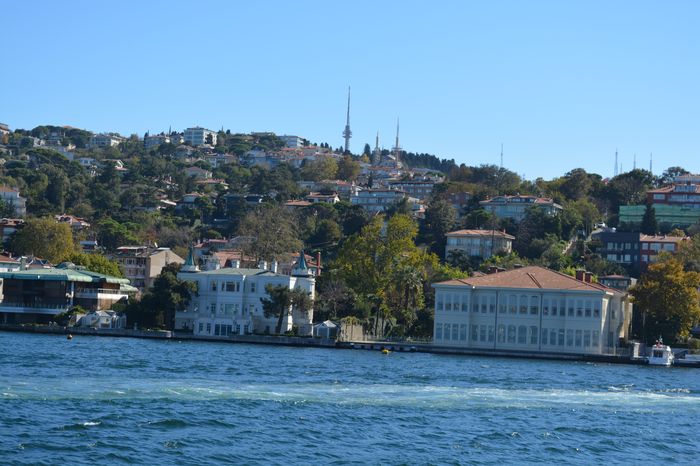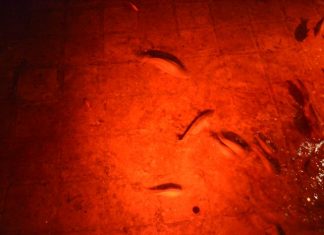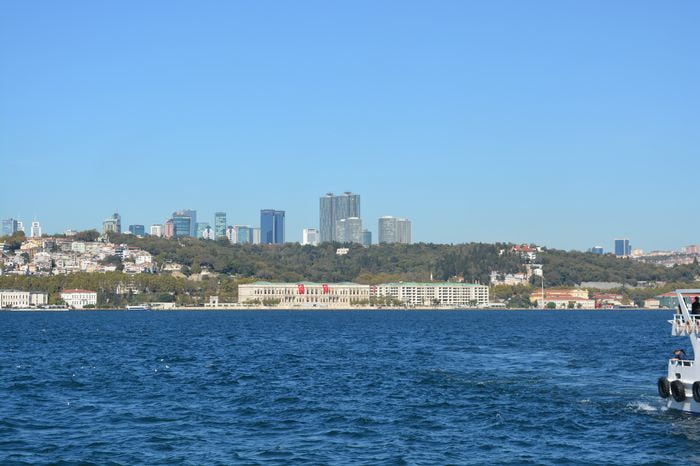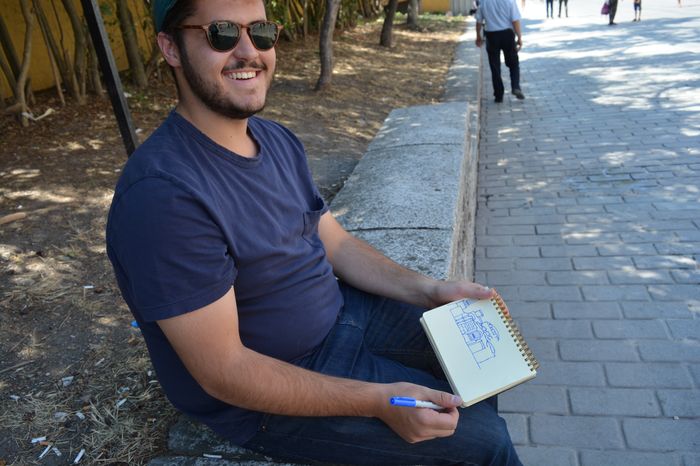The World’s Dirtiest City
People often debate which city holds the title of world’s dirtiest. Many claim Shanghai, China, leads this unfortunate ranking. Others say Beijing is ten times dirtier than Shanghai. Some argue that Canton surpasses Beijing by the same margin. However, Constantinople appears to be dirtier than all these cities combined Ottoman Empire Social Problems and Political Corruption.
The streets of Constantinople present a shocking sight to visitors. The pavements are absolutely horrible and disgusting. Filth covers most walking areas throughout the city. The smell and appearance overwhelm even experienced travelers. Yet the Sultan remains completely unaware of these terrible conditions.
The Sultan’s Great Deception
The Sultan has never actually traveled through his capital city’s streets. He believes Constantinople is well-paved, sweet-smelling, and perfectly clean. This false belief creates a dangerous situation for his subjects. The ruler makes decisions based on completely wrong information about his city’s condition.
Several years ago, the Sultan decided to change his travel routine. Instead of taking a boat, he chose to travel by carriage to Seraglio Point. This journey was part of his annual religious pilgrimage. He planned to worship before the holy mantle of Prophet Mohammed during this important trip Private Tour Ephesus.
The Sand Cover-Up
Municipal government officers knew the truth about Constantinople’s filthy streets. They feared the Sultan would discover the real conditions during his carriage ride. Quick action was needed to hide the horrible state of the pavements. The officials came up with a clever but dishonest solution.
Workers covered the pavement with fine sand two or three inches deep. This sand covered all the streets along the Sultan’s planned route. The sand effectively concealed all the filth and garbage underneath. It also created a smooth, comfortable track for the royal carriage wheels.
The Sultan was absolutely delighted with what he saw during his journey. He praised the excellent condition of the streets he traveled. The deception worked perfectly from his perspective.
False Promises and Stolen Money
Impressed by the apparent quality of Constantinople’s streets, the Sultan gave new orders. He instructed his officials to fix all the city’s streets using the same method. The ruler allocated a large sum of money to pay for this massive improvement project.
The Sultan believed he was investing in his city’s infrastructure. He expected all of Constantinople’s streets to become as smooth and clean as those he had experienced. His intentions were good, but his trust was misplaced.
The government officials had different plans for the money. Instead of using the funds for street improvements, they kept it for themselves. They put the entire allocation directly into their own pockets. No work was done on any of the city’s streets.
Living in a False Reality
Today, the Sultan honestly believes Constantinople ranks among Europe’s best-kept cities. He frequently boasts about this supposed achievement to foreign visitors. These claims embarrass knowledgeable guests who have seen the city’s true condition. The Sultan’s pride in his city’s cleanliness would be touching if it weren’t so completely false.
The Sultan cannot discover the truth about his city’s condition. He dares not travel through the streets to see for himself. The people surrounding him have strong reasons to maintain this deception. Their own interests and safety depend on keeping the Sultan ignorant of reality.
Bridge Toll Corruption
The Golden Horn features two great bridges connecting different parts of the city. These bridges link Stamboul, the Turkish section, with Galata, the foreign settlement. The bridges generate enormous daily revenue from tolls collected from users.
Every person walking across pays a penny in toll fees. This charge equals the ferry fees collected by New York companies. Carriages pay ten cents for bridge passage. These rates seem reasonable for the service provided.
Curious observers have calculated the bridges’ daily revenue at over $2,000. They counted passengers during specific time periods to estimate total daily traffic. These calculations suggest $2,000 represents a conservative estimate of actual collections.
Widespread Theft of Public Funds
Unfortunately, very little of this bridge revenue reaches the public treasury. Officials estimate that less than $100 per day goes to government coffers. The remaining $1,900 disappears into private pockets through systematic theft.
Everyone involved in toll collection takes their “squeeze” from the revenue. This corruption starts with the general manager and extends downward. Even the Turkish workers wearing white aprons at bridge entrances steal money. They stand at the entrances taking tolls but pocket most of what they collect.
Customs Revenue Theft
The corruption extends beyond bridge tolls to other government revenue sources. Customs collections face similar systematic theft by government officials. Reports suggest that less than ten percent of customs revenue reaches the treasury.
This widespread corruption severely damages the government’s ability to provide public services. The Sultan allocates money for improvements, but officials steal these funds. Citizens suffer from poor infrastructure while corrupt officials become wealthy.
The situation in Constantinople demonstrates how corruption can flourish when leaders remain isolated from reality. The Sultan’s good intentions cannot overcome the systematic dishonesty of his government officials.







